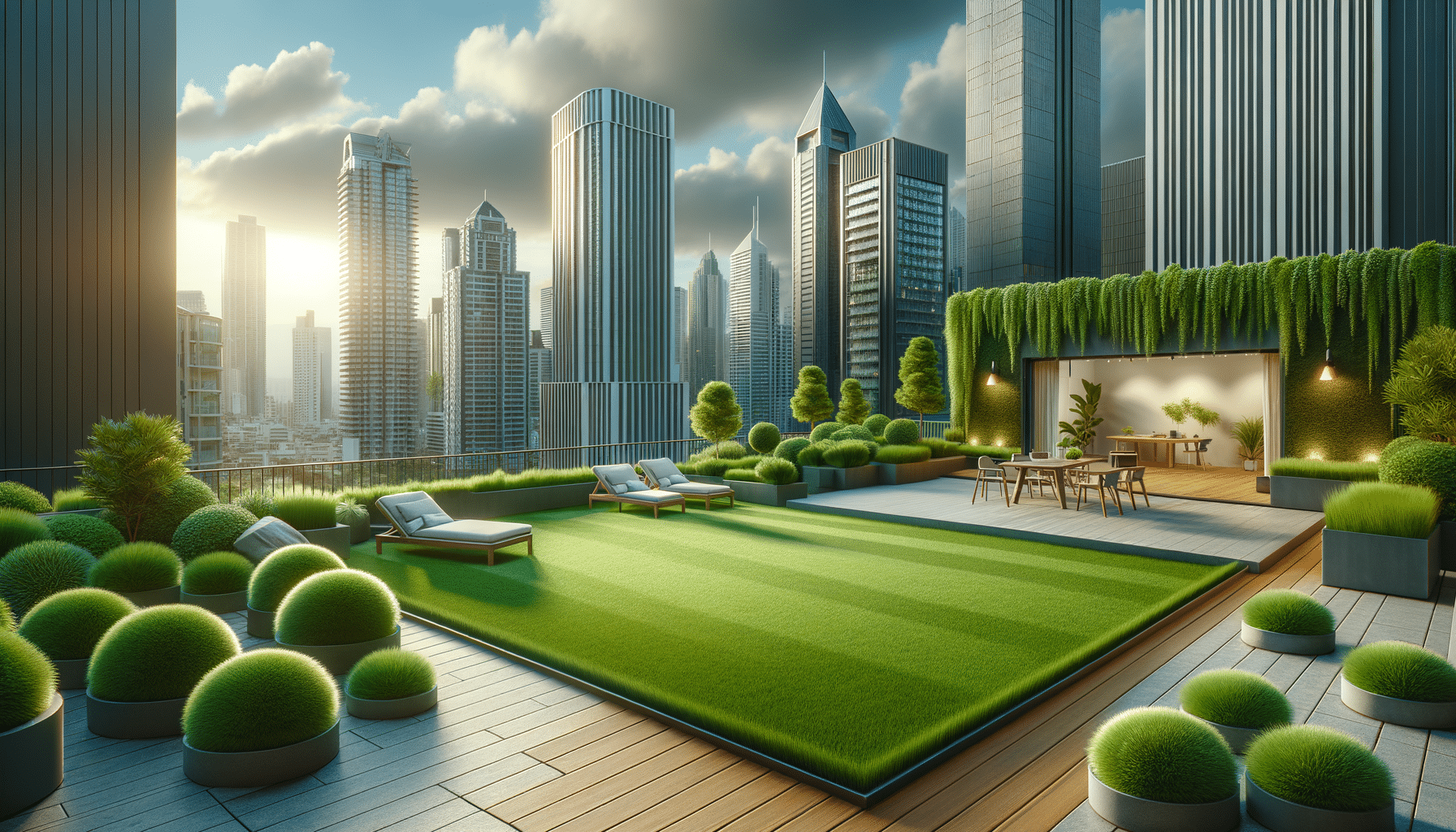Artificial Grass: A Green Revolution for Modern Living
Explore the rise of artificial grass as a sustainable and versatile solution for modern landscaping needs.

Introduction: The Rise of Artificial Grass
In recent years, artificial grass has gained significant popularity as a sustainable and versatile alternative to natural lawns. With increasing concerns about water conservation, environmental impact, and maintenance costs, homeowners and businesses are turning to artificial grass for its numerous benefits. This green revolution in landscaping offers a solution that not only conserves resources but also provides a year-round lush appearance. As urban areas expand and climate change continues to impact natural resources, the relevance of artificial grass becomes even more pronounced.
Environmental Benefits of Artificial Grass
One of the most compelling reasons for the adoption of artificial grass is its environmental benefits. Unlike natural lawns, artificial grass does not require watering, thereby conserving significant amounts of water. In regions experiencing drought or water scarcity, this can be a vital advantage. Additionally, artificial grass eliminates the need for chemical fertilizers and pesticides, which can have harmful effects on local ecosystems.
Moreover, artificial grass reduces the carbon footprint associated with lawn maintenance. Traditional lawn care often involves the use of gas-powered mowers and trimmers, contributing to air pollution. By opting for artificial grass, homeowners can reduce their reliance on these machines, leading to cleaner air and a healthier environment.
Key environmental benefits include:
- Water conservation: Saves thousands of gallons annually.
- Reduction in chemical use: No need for fertilizers or pesticides.
- Decreased carbon emissions: No mowing required.
Cost-Effectiveness and Maintenance
Artificial grass offers a cost-effective solution for those seeking a low-maintenance lawn. While the initial installation cost can be higher than natural grass, the long-term savings make it a financially sound investment. Natural lawns require regular watering, mowing, fertilizing, and pest control, all of which incur ongoing expenses. In contrast, artificial grass requires minimal maintenance, primarily involving occasional cleaning and brushing to keep it looking fresh.
The durability of artificial grass also contributes to its cost-effectiveness. High-quality products are designed to withstand heavy foot traffic, extreme weather conditions, and UV exposure without fading or wearing out. This longevity means that artificial grass can maintain its appearance for years, reducing the need for frequent replacements.
Cost-effective aspects include:
- Low maintenance: Saves time and money on upkeep.
- Durability: Long-lasting with minimal wear and tear.
- Initial investment offset by long-term savings.
Versatility and Aesthetic Appeal
Artificial grass is not only practical but also highly versatile, making it suitable for a variety of applications. From residential lawns to commercial landscapes, playgrounds, sports fields, and rooftop gardens, artificial grass can be tailored to meet diverse needs. Its versatility extends to design options, with a wide range of colors, textures, and pile heights available to achieve the desired look.
In terms of aesthetic appeal, artificial grass provides a consistently lush and green appearance, regardless of weather conditions. This is particularly beneficial in areas where natural grass struggles to thrive due to climate challenges. It also eliminates the issue of patchy or uneven growth, ensuring a pristine lawn throughout the year.
Versatility and aesthetic highlights include:
- Wide range of applications: Suitable for various settings.
- Design flexibility: Customizable to match specific preferences.
- Year-round greenery: Consistent appearance in all seasons.
Conclusion: Embracing Artificial Grass
As the demand for sustainable and low-maintenance landscaping solutions grows, artificial grass stands out as a practical and environmentally friendly option. Its ability to conserve water, reduce chemical use, and offer long-term cost savings makes it a compelling choice for both residential and commercial properties. Additionally, its versatility and aesthetic appeal ensure that it can enhance any outdoor space, providing a lush, green environment all year round. By embracing artificial grass, individuals and communities can contribute to a more sustainable future while enjoying the benefits of a beautiful and functional landscape.